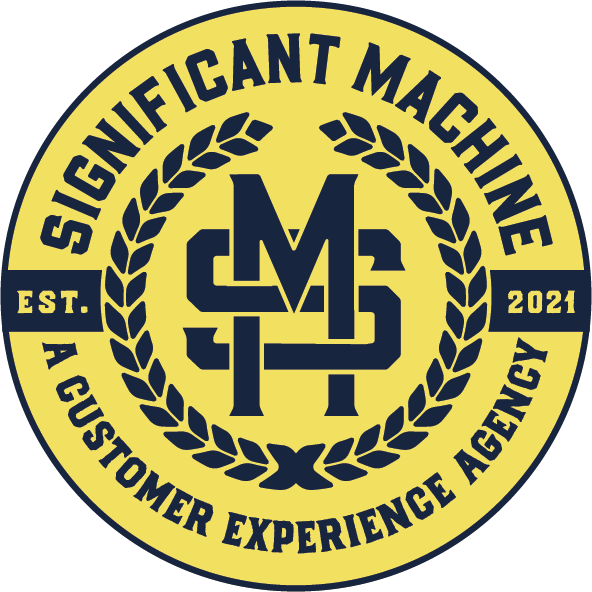In today’s fast-paced business environment, companies are increasingly recognizing the need to adopt digital technologies in order to stay ahead of the curve. From artificial intelligence and machine learning, to cloud computing and the Internet of Things, the digital landscape is rapidly evolving, and companies are eager to leverage these new technologies to improve their operations and enhance the customer experience.
However, for large enterprises, the path to digital transformation is not always an easy one. These organizations often have complex legacy systems and entrenched processes that can make it difficult to implement new technologies and change the way they do business. Despite these challenges, many large enterprises are making significant investments in digital transformation projects, with the aim of improving customer experience and increasing operational efficiency.
One of the key drivers of digital transformation is the growing importance of customer experience. In today’s hyper-connected world, customers expect seamless, personalized experiences from the companies they do business with. As a result, companies are using digital technologies such as data analytics, machine learning, and artificial intelligence to better understand their customers and deliver more relevant and engaging experiences.
For example, many organizations are using chatbots and virtual assistants to provide instant support and answer customer questions in real-time. These technologies are also being used to personalize the customer experience, by analyzing data from customer interactions to provide tailored recommendations and offers. Additionally, companies are leveraging the power of big data to gain deeper insights into customer behavior and preferences, allowing them to make informed decisions about product development and marketing strategies.
Another key aspect of digital transformation is the use of cloud computing. By moving their applications and data to the cloud, companies are able to improve their scalability, flexibility, and security. This is particularly important for large enterprises, which often have complex and resource-intensive IT environments. By leveraging the cloud, they are able to reduce their costs, increase their agility, and better support their customers.
Despite the many benefits of digital transformation, it is not without its challenges. For example, large enterprises often have to contend with significant cultural and organizational resistance to change. This can make it difficult to implement new technologies and processes, and can lead to delays and increased costs. Additionally, many organizations struggle to find the right balance between innovation and stability, as they seek to preserve their existing systems and processes while adopting new technologies.
Despite these challenges, many large enterprises are seeing the results of their digital transformation efforts. In particular, they are reporting significant improvements in customer experience, as well as increased operational efficiency and cost savings. For example, companies that have invested in customer experience technologies such as chatbots and virtual assistants are seeing higher levels of customer engagement and satisfaction, as well as improved customer loyalty. Similarly, companies that have adopted cloud computing are enjoying increased scalability, flexibility, and security, as well as reduced costs.
Digital transformation is an essential part of today’s business landscape, and large enterprises are at the forefront of this trend. By leveraging new technologies such as artificial intelligence, machine learning, and cloud computing, these organizations are enhancing their customer experience and increasing their operational efficiency. Although there are challenges along the way, the benefits of digital transformation are undeniable, and large enterprises are well positioned to take advantage of these new technologies and drive their businesses forward.
